Cargo UAVs, supported by a comprehensive ecosystem, are revolutionizing the industry, reshaping supply chain efficiency, and unlocking superior business opportunities.
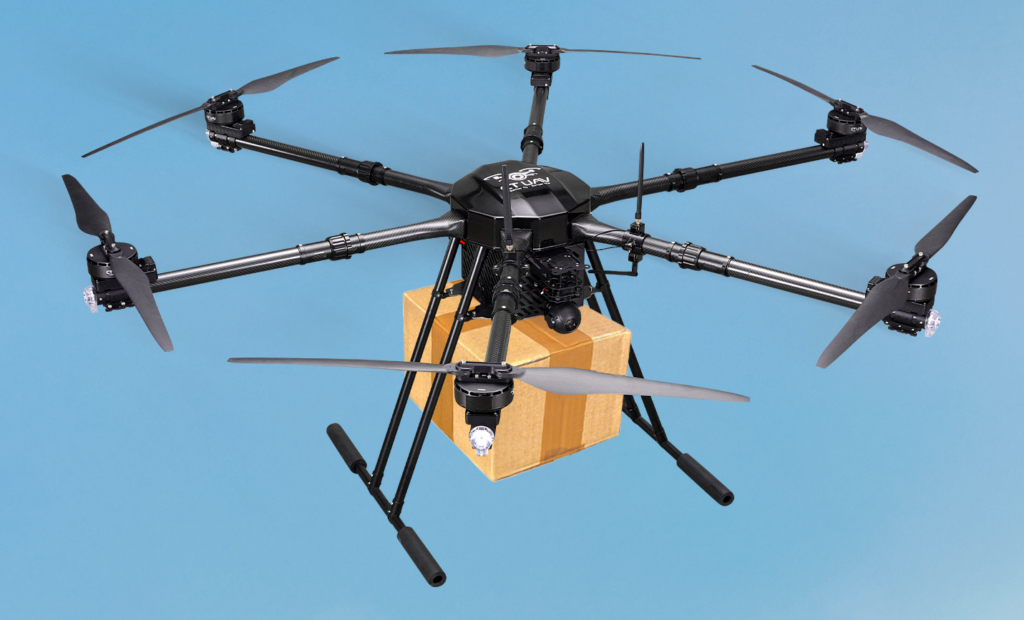
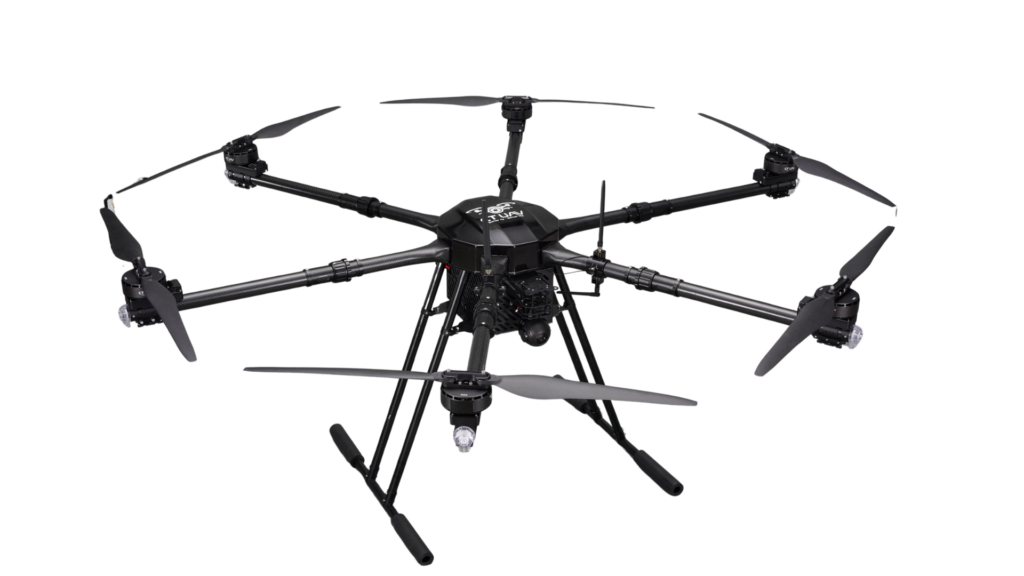
CT-Security Sky Guard
| Material | Carbon fiber, ABS, Aluminum alloy |
| Size (mm) | Folded: 1000*1000*800 Unfolded: 2000*2000*800 |
| Weight | 35-300 kg |
| Payload capacity | 20-200 kg |
| Hovering time | No load: 60min Full load: 20-30min |
| Flight speed | 10-15 m/s |
| Height | < 4000m |
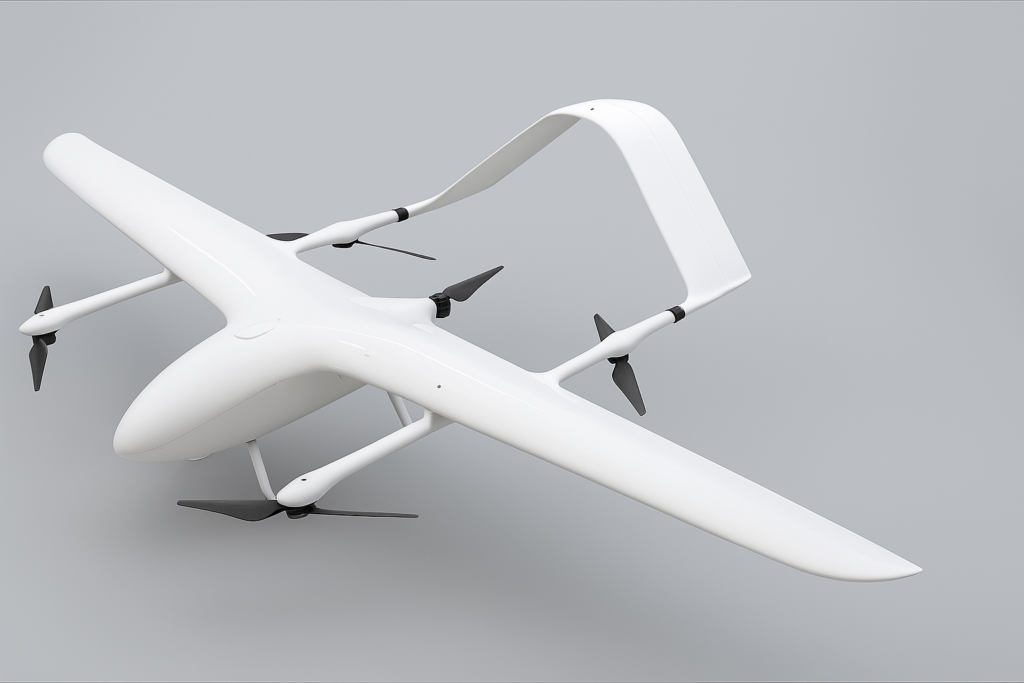
VTOL 2.7m (illustrative image)
| Structure | Fixed-wing aircraft with vertical takeoff and landing (eVTOL) |
| Payload Capacity | 3kg |
| Height | <3000m |
| Flight speed | 110 km/h (up to 145 km/h) |
| Wind Resistance Level | <13.8m/s (Level 6) |
| Camera | Zoom hybrid 4K AI 180x |
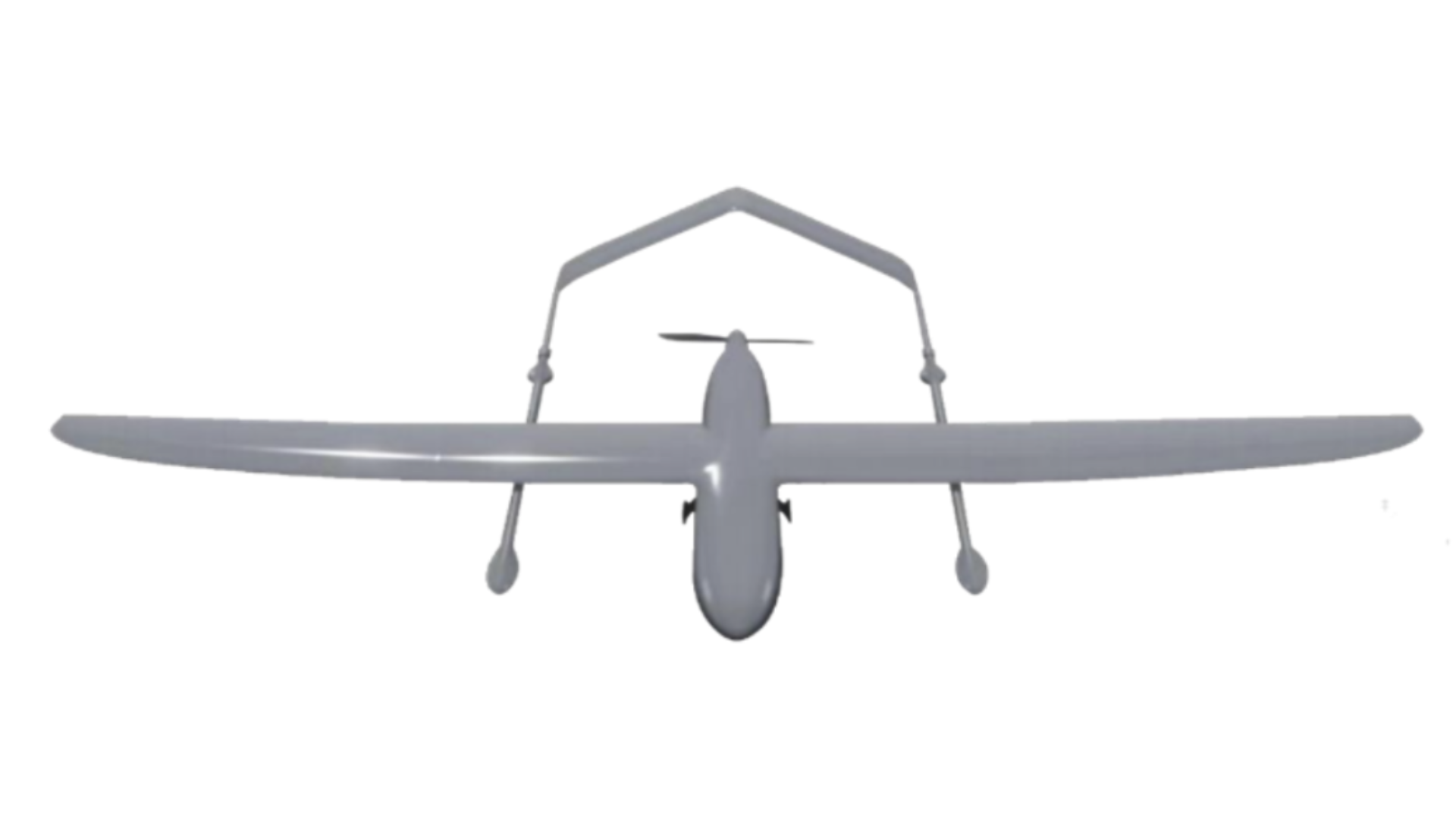
VTOL 4.4m (illustrative image)
| Structure | Fixed-wing electric Vertical Take-Off and Landing (eVTOL) aircraft. |
| Payload capacity | 10kg |
| Height | <3000m |
| Flight speed | 5m/s |
| Maximum resistance to wind speed | <13.8m/s (Force six winds) |
| Camera | 4K AI 180x hybrid zoom |
Modern aerodynamic design
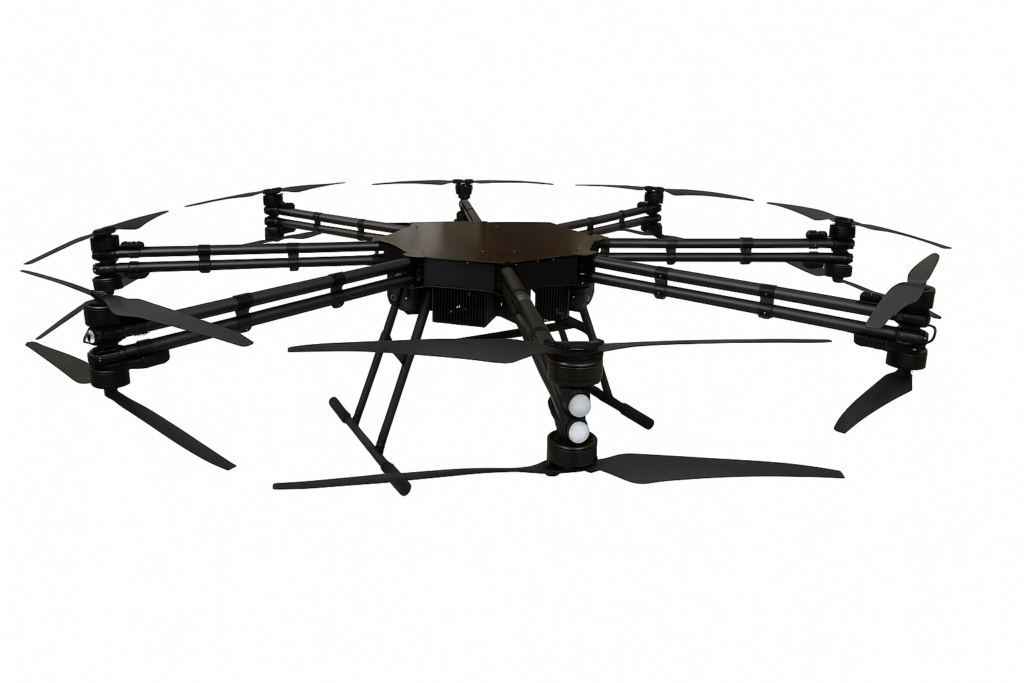
UAV SuperHeavy Lifter
| Material | Carbon fiber, ABS, Aluminium alloy |
| Max Payload capacity | 300kg |
| Height | < 1000m |
| Flight speed | 8 m/s |
| Maximum resistance to win speed | < 13,8 m/s (Force six winds) |
| Camera | 2K HD 30x hybrid Zoom |
| Hovering time | No load: 40 mins Full load: 15 mins (Payload capacity 300kg) |
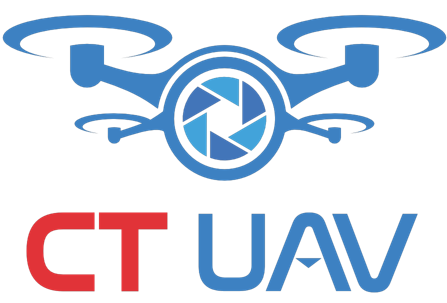
Copyright © 2024 CT UAV All Rights Reserved.